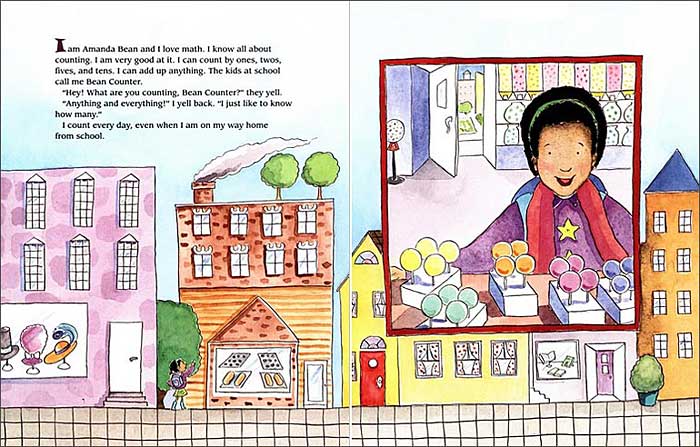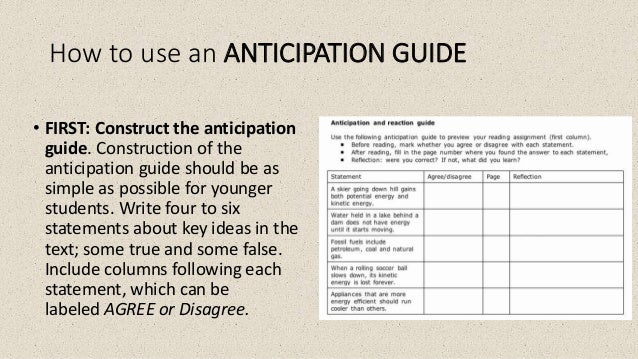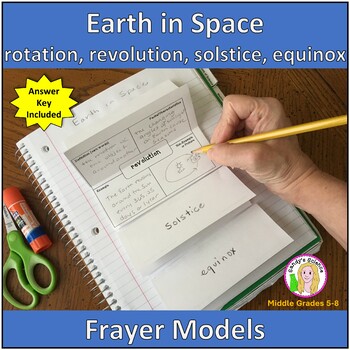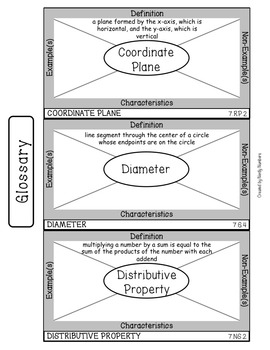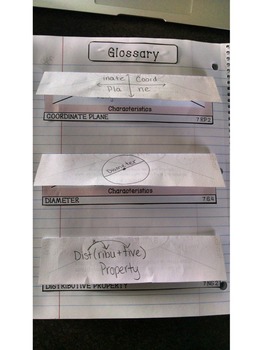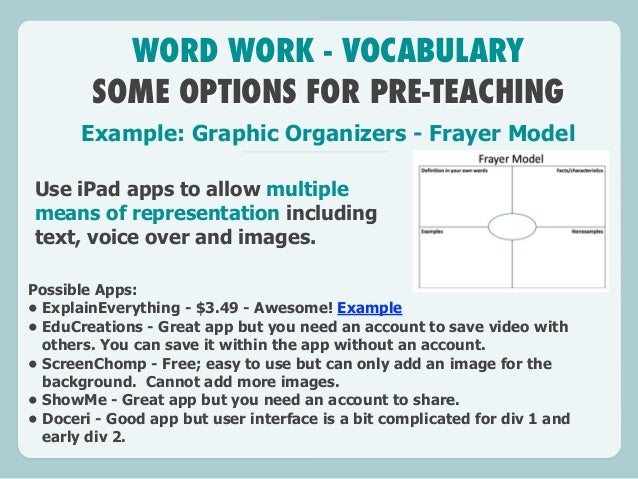image source: https://gty.leeschools.net/thinking-maps
Tonight, I am thinking about thinking maps. The above double-bubble map shares some of the benefits of using thinking maps. One of the things I like about thinking maps is that they are student-centered and based on thinking skills not tasks. Thinking maps can be used in every subject. I like that thinking maps are visual. As you can guess, I am a visual learner. I have never heard of many of these thinking maps before tonight. This graphic shows what my brain is like. I think I am the photo on the left. I have all of these ideas and they are all over the place. However, when you use a thinking map, it organizes your thoughts and groups everything together.

image source: https://pin.it/td3dny7ffxafz6
The only thinking map that I was familiar with were the bubble maps. I found this graphic that lists and describes when to use them.
image source: https://www.dvusd.org/Page/3834
I wish I could embed this video from the teaching channel. I love how the teacher uses the circle map to engage the students in thinking about what makes up soil. Here is the link:
https://www.teachingchannel.org/videos/circle-maps-nea#
I have started to work on my lesson plans. Oddly enough, I am doing science lessons so far. I never thought I would enjoy writing science lessons. I love exploring the natural world and that is what science is all about. Last semester, I took the teaching of reading and science and I taught a science lesson for my observation. I used reading strategies in the science lesson and I really enjoyed combining the two subjects. I found this circle map for ecosystems and I think I am going to use this in a lesson plan on ecosystems. I love how the students define each term and draw pictures with their definitions. The use of the circles also lend themselves to understanding the concept of the systems within a system. In my opinion, this supports higher levels of thinking. By creating their own visual representations, this will help students retain the information longer. I think most students like to draw and this makes the assignment more engaging and meaningful than just words on a page.

image source: https://binged.it/2IALABT
I really like how this is used for math. I think graphic organizers should be used more in math. This one has a brace map and a circle map. This teacher was on the ball! I think these maps are great ways to help students think about the relationship of the numbers. I could see myself incorporating this into a lesson.

image source: https://binged.it/2prOccy
I found this use of a circle map to be creative. This could be used as a "hook" to introduce a book about either one of these topics.

image source: https://binged.it/2IC5cpk
I like incorporating art into lessons. I like this crafty version of the circle map. This would be fun for kindergartners.

image source: https://www.pinterest.com/pin/452752568761276798/
Here is another one. This would be a good first day of school activity for students to write about themselves. I like that they are telling math facts about themselves.

image source: https://aroundthekampfire.com/2013/08/first-week-back-five-for-friday-and-a-freebie.html
I love this bubble map using pictures to compare and contrast animals that live on land and water.

image source: https://www.pinterest.com/pin/452752568761276628/
